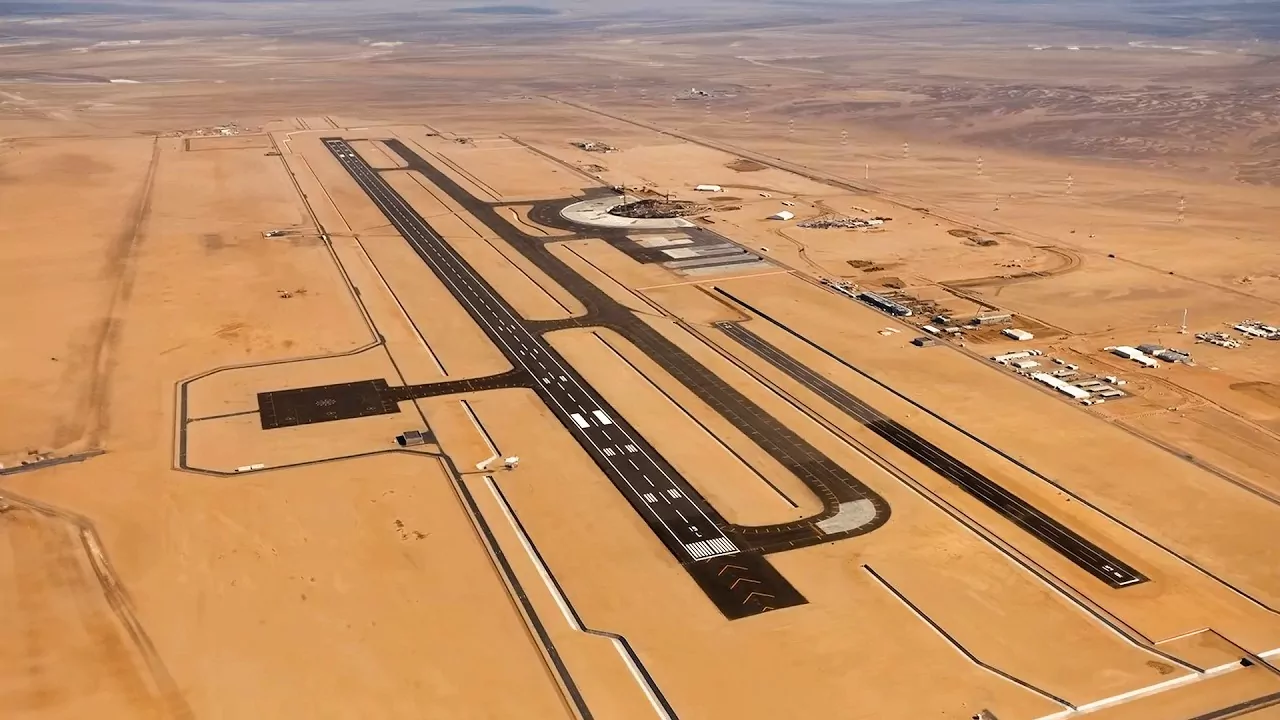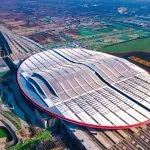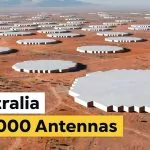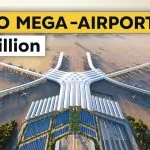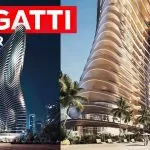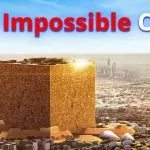Vision 2030
Saudi Arabia’s Vision 2030 is a program aimed at developing multiple hyper-ambitious mega projects.
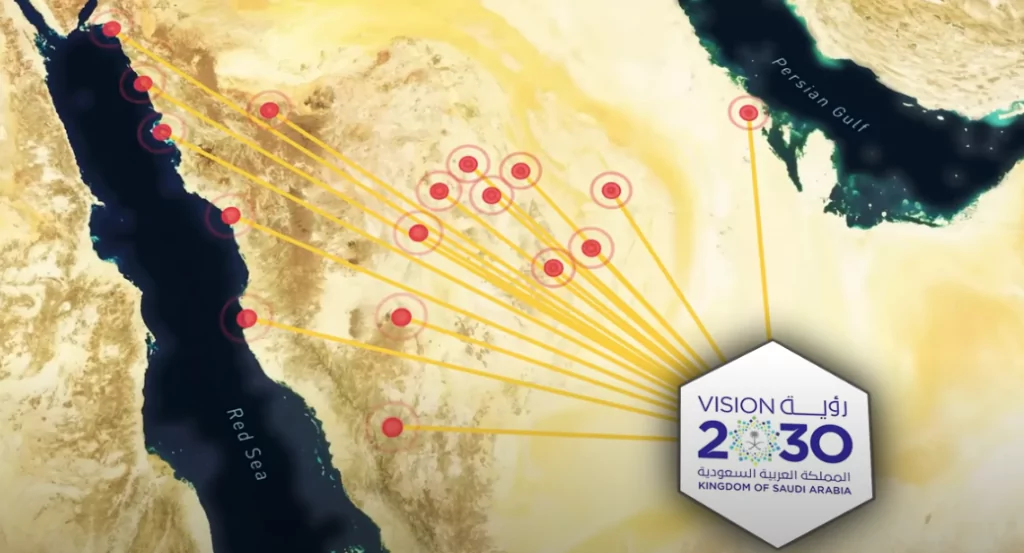
The goal is to attract millions of tourists and diversify the country’s economy by reducing its dependence on oil. Many of the projects included are the largest the world has ever seen, such as The Line, a 170-kilometer-long futuristic city built in a straight line, and The Mukaab, a gigantic cube-shaped skyscraper with enormous holographic projections. The scale of these projects and the tight deadline of 2030 make them seem ambitious, and many are skeptical about their feasibility. However, one project stands out as it is already close to completion: the $28 billion Red Sea Project. This mega project aims to elevate luxurious tourism while keeping the environment in mind. Its success could pave the way for other mega projects and significantly impact the perception of the entire Vision 2030.
Advertisement:
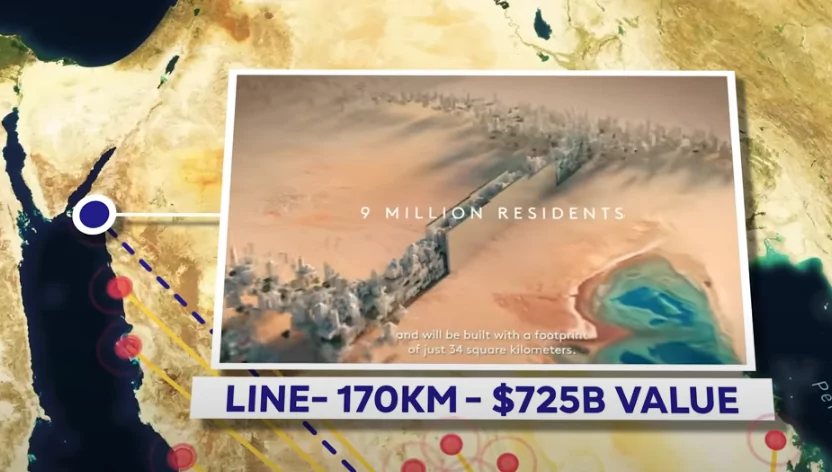
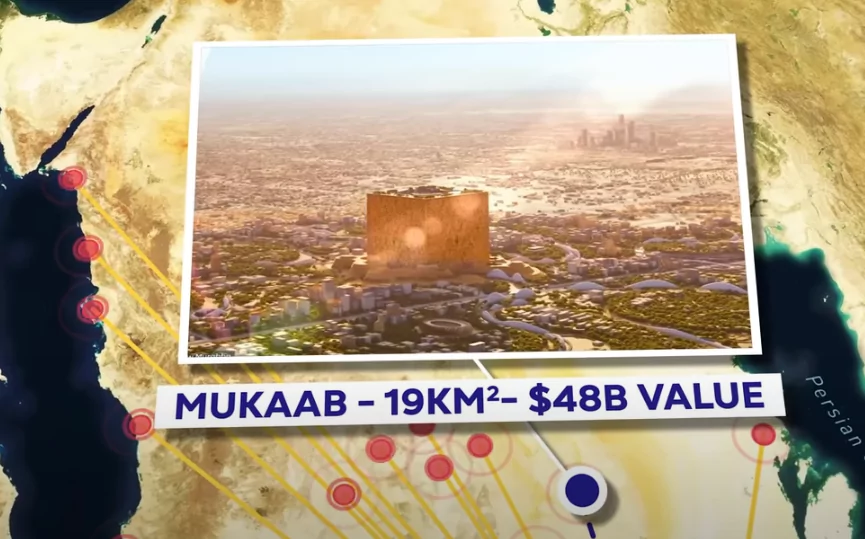
What is the Red Sea Project?
The Red Sea Project was announced in 2017 by Saudi Crown Prince Mohammed bin Salman. Construction began two years later, and the project is now almost ready to open its first resorts to the public. The destination is located on the west coast of Saudi Arabia, between the cities of Umluj and AlWajh.
Advertisement:
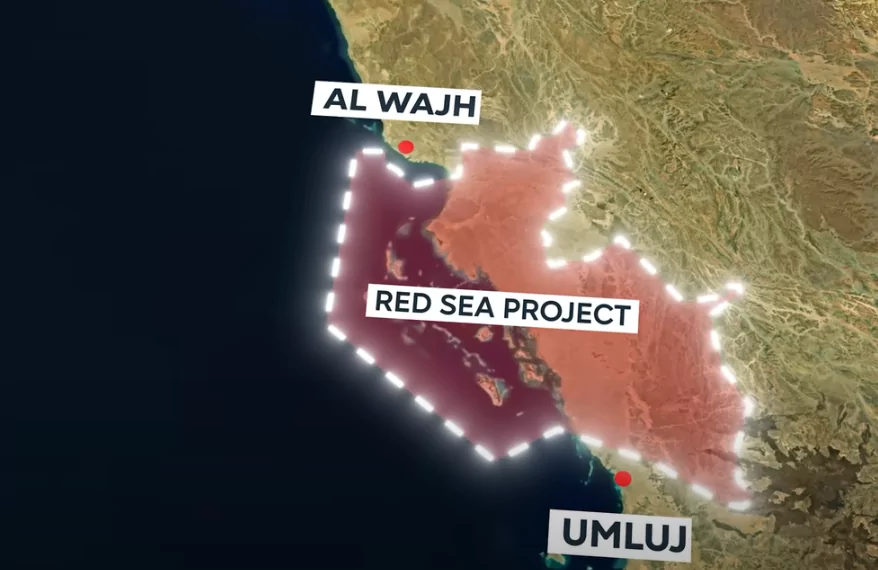
The resorts will be spread over a large area, almost as big as Belgium.
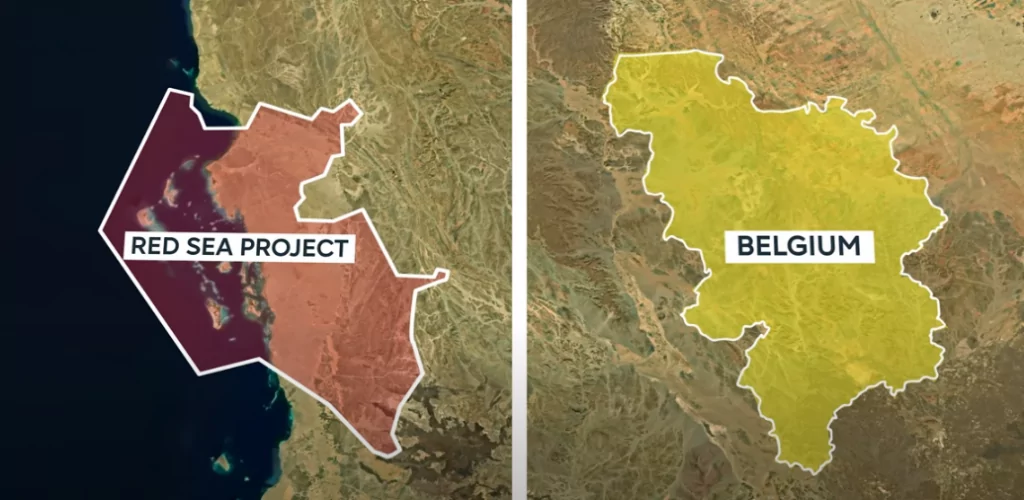
This destination is surrounded by the fourth largest barrier reef system in the world and includes more than 90 untouched islands, beautiful beaches, mountain canyons, giant desert dunes, and even dormant volcanoes.
To reach the destination, the Red Sea International Airport is being built solely for this project. Located at the crossroads of Europe, Asia, and Africa, a large part of the world’s population will be within eight hours of flight distance. The airport is relatively small compared to other Saudi Arabian airports but is designed for luxury tourism, lacking a baggage claims area to reduce waiting times, with baggage delivered directly to hotels. Transportation from the airport to individual resorts will likely be provided by cars, buses, and ferries for the island resorts. The distances to most major resorts will be short despite being scattered over a large area.
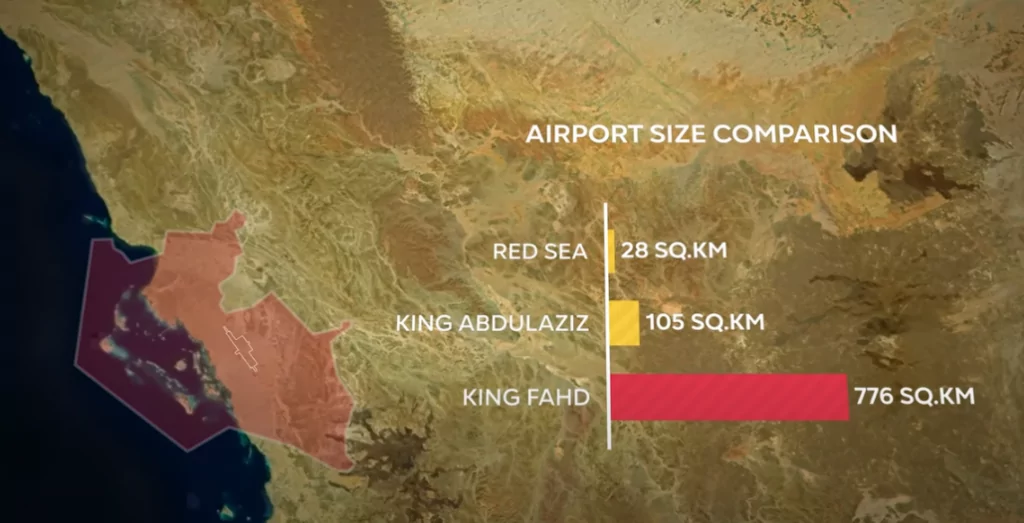
The Red Sea Resorts
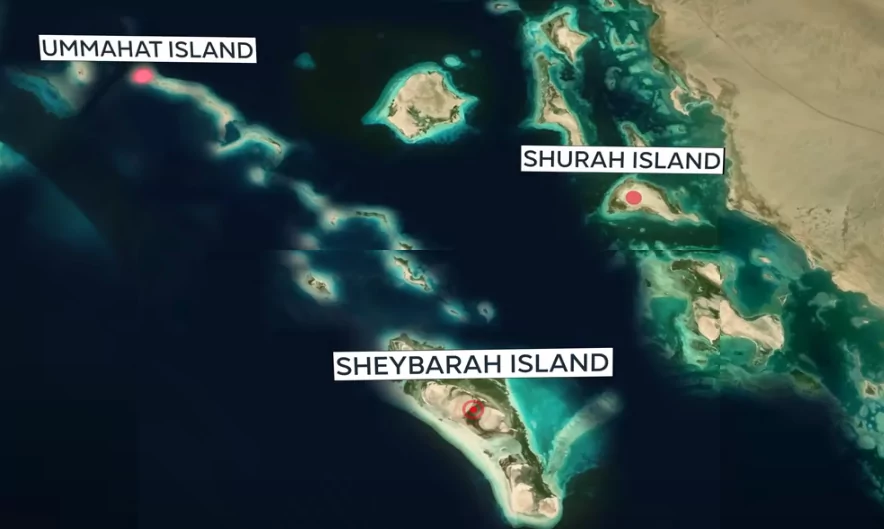
Umahat Islands
These islands will be the center for water sports, offering activities like sailing, windsurfing, and kayaking, surrounded by crystal clear water and colorful coral reefs.
Shura Island
The main hub island of the Red Sea Project will blend with the pristine nature thanks to its Coral Bloom design. Shura will host a championship golf course, a marina, a beach club, and 11 world-class hotels.
Advertisement:
Sheibara Island
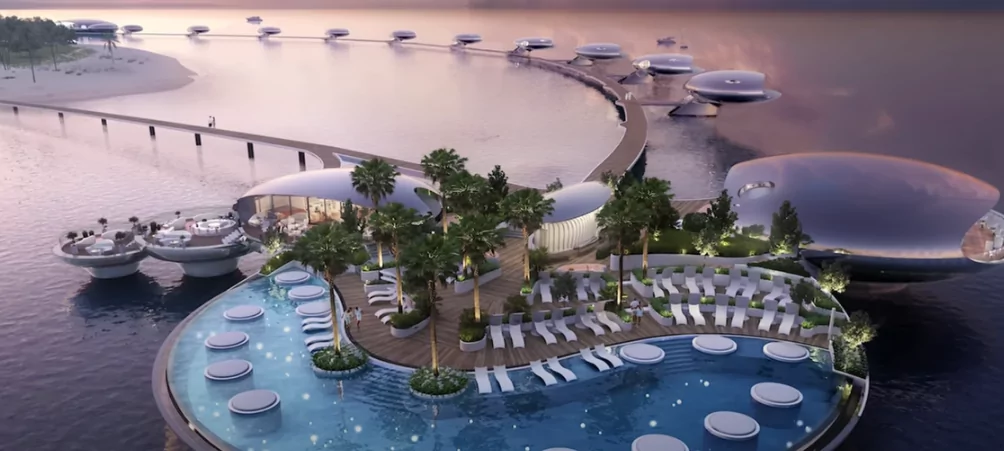
This island will feature futuristic villas called orbs floating over crystal clear water. Sheibara will provide the ultimate spot for exploring ocean life with a 30 to 40-meter reef drop-off near the shore.
Amala Resort
Formerly a separate project, this resort north of the other resorts is now developed by the Red Sea Project. Amala will have over 3,000 hotel rooms, recreational facilities, and a yacht club.
Southern Dunes
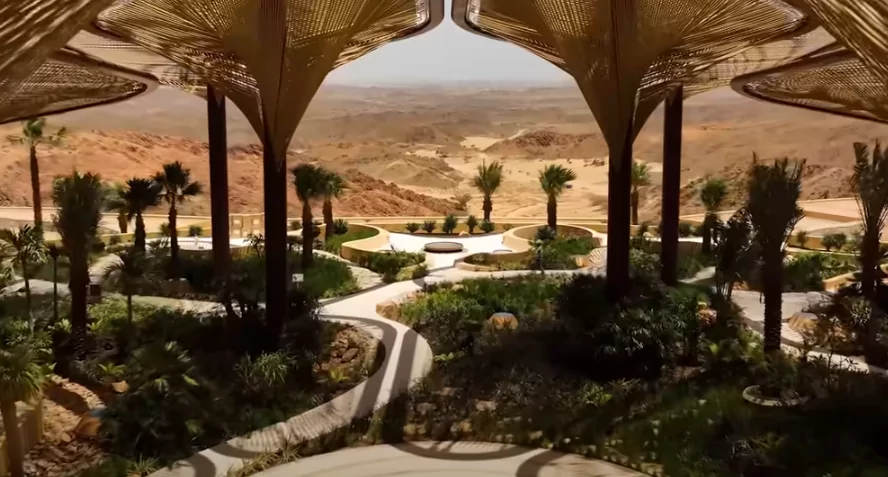
As one of the two inland resorts, Southern Dunes will host 40 villas, a hotel complex, and a large pool, all located in a remote desert landscape. The structures will be made with lightweight materials and shaped to offer natural shade to reduce reliance on artificial cooling.
Desert Rock
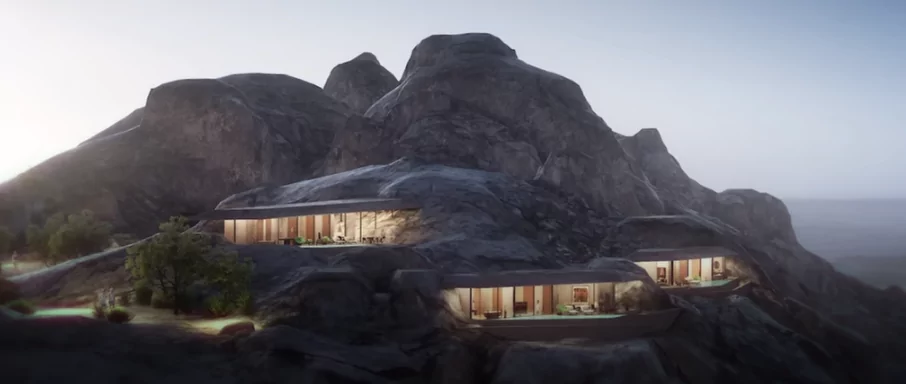
A resort fully integrated into the mountainside to preserve the mountain silhouette, Desert Rock will offer phenomenal views of the landscape and opportunities to explore the desert surroundings by hiking or dune buggies.
Economic Benefit for Saudi Arabia
Saudi Arabia is looking for ways to reduce its dependency on natural resources as the main drivers of its economy, and tourism offers a great opportunity for diversification. The Red Sea Project is expected to provide roughly 70,000 citizens with jobs and cost a total of $28 billion. However, its profitability is questionable. The project is estimated to generate $5.8 billion yearly upon its 2030 completion. With an estimated 1 million visitors annually, a single tourist would need to spend an average of $5,800 for a vacation. Achieving these visitor numbers and the financial rewards remains uncertain.
Advertisement:
Sustainable Development
Construction of such a massive project in pristine nature will inevitably impact the environment. The Red Sea Project adopts numerous practices to counteract this negative impact. The Red Sea Airport will run entirely on renewable energy, aiming to be the first carbon-neutral airport at this scale. The project uses renewable and sustainable energy sources, including biofuel for planes, and every resort will be powered by renewable energy year-round. This will include the world’s largest battery storage, preventing CO2 emissions equivalent to that of a small city. The construction also protects marine life, with steel villas on Sheibara Island floating over water. In the long term, the project aims to improve local ecosystems by planting more than 25 million plants and enhancing biodiversity.
Current Progress
The Red Sea Project has made significant progress, with many resorts over 50% complete. Resorts like Umahat Islands and Southern Dunes are expected to open later this year, along with the airport for domestic flights. The international opening will be later in 2024. With most resorts past the halfway point of construction and no significant problems encountered, it seems likely the project will be completed. The success of the Red Sea Project will mostly depend on the number of visitors, and its success or failure will likely impact other Vision 2030 projects.
Conclusion
The Red Sea Project represents a significant investment in luxurious tourism and sustainable development. Its success could influence the perception of Saudi Arabia’s Vision 2030. Will it be successful? Would you consider visiting these new resorts? Let us know in the comments below. If you want to learn more about similar projects, read our article about another Saudi Arabian mega project, The Mukaab, also known as The Cube. Thank you for reading.
